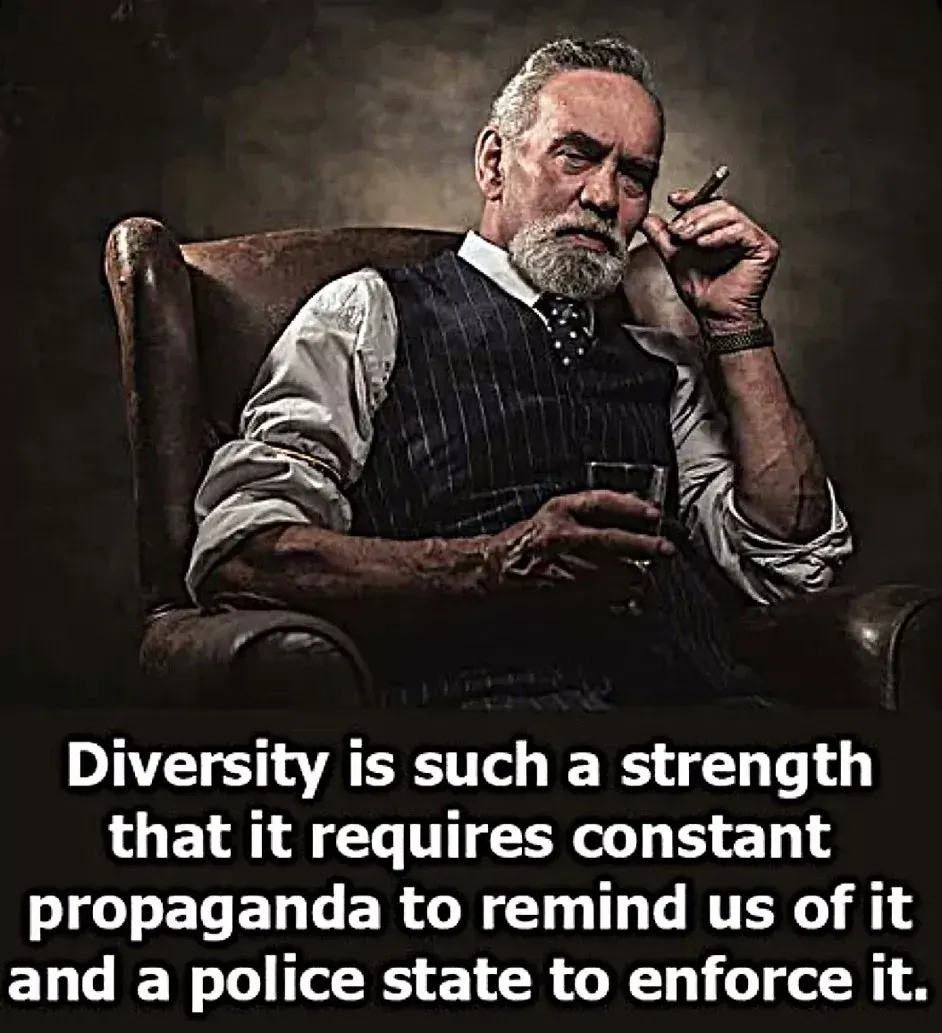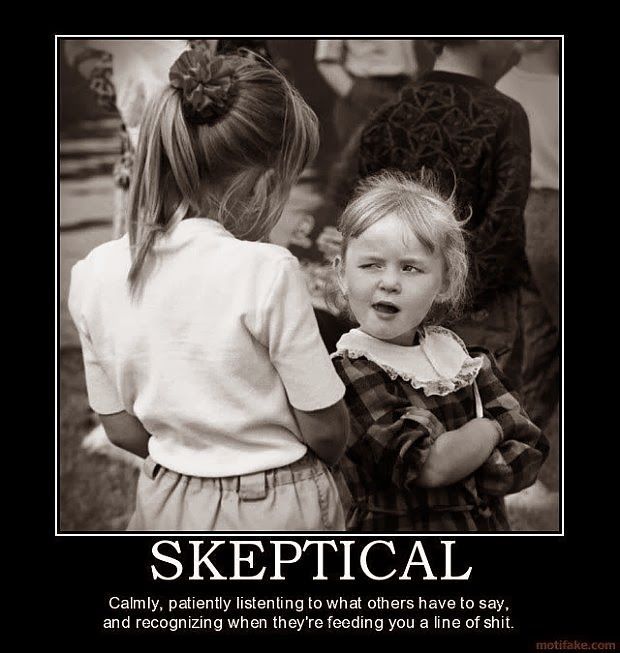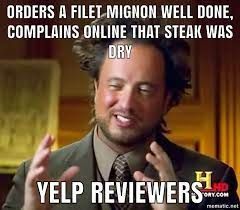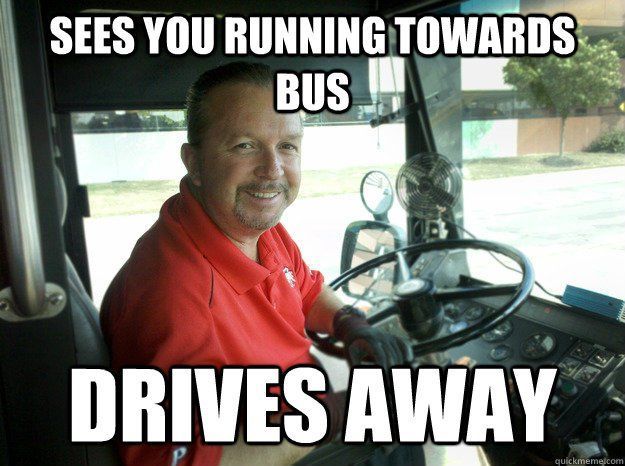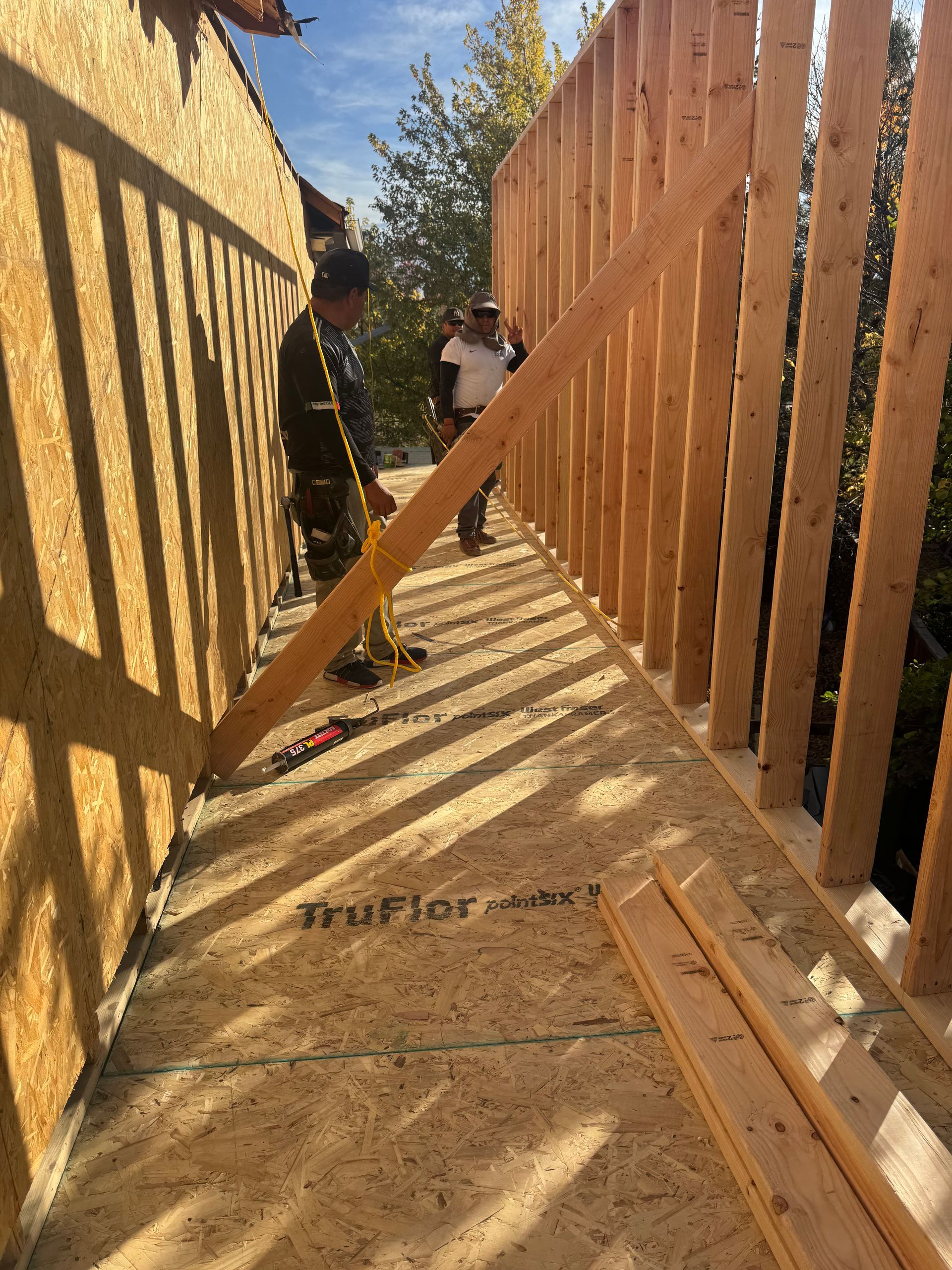By Alan Marley
•
October 24, 2025
The Polished Paper Problem Each term, instructors across the country are noticing the same thing: undergraduates are writing like graduate students. Their grammar is flawless, their transitions seamless, their tone eerily professional. In many ways, this should be a success story. Students are communicating better, organizing their arguments well, and producing work that would have stunned their professors just five years ago. But beneath the surface lies a harder truth—many aren’t learning the nuts and bolts of their professions. They’re becoming fluent in the appearance of mastery without building the muscle of mastery itself. In business, that might mean a marketing student who can write a strategic plan but can’t calculate return on ad spend. In the trades, it could be a construction student who can summarize OSHA standards but has never properly braced a truss. In healthcare, it’s a nursing student fluent in APA formatting but unfamiliar with patient charting protocols. Artificial intelligence, auto-editing, and academic templates have blurred the line between competence and convenience. The result is a growing class of undergraduates who can produce perfect essays but can’t explain—or apply—what they’ve written. Fluency Without Depth Writing clearly and persuasively used to signal understanding. Now, it often signals software. Tools like Grammarly, QuillBot, and ChatGPT can transform a barely legible draft into professional prose in seconds. The student appears articulate, thoughtful, and confident—but that fluency is often skin-deep. This “fluency without depth” is becoming the new epidemic in higher education. It’s not plagiarism in the old sense—it’s outsourced cognition. The work is “original” in words, but not in understanding. True learning comes from struggle. The act of wrestling with a concept—drafting, failing, revising, rebuilding—cements comprehension. When that friction disappears, students may get faster results but shallower knowledge. They haven’t built the neural connections that turn information into usable skill. The Deconstruction of Apprenticeship Historically, higher education and trade training relied on apprenticeship models—students learning by doing. Apprentices watched masters, failed under supervision, and slowly internalized their craft. The modern university has replaced much of that tactile experience with screens, templates, and simulations. In business programs, case studies have replaced internships. In technology programs, coding exercises are auto-graded by platforms. Even nursing and engineering simulations, while useful, remove the human error that builds judgment. AI has accelerated this detachment from real-world practice. A student can now ask an algorithm for a marketing plan, a cost analysis, or a safety procedure—and get a passable answer instantly. The student submits it, checks the box, and moves on—without ever wrestling with the real-world complexity those exercises were meant to teach. The result? A generation of graduates with impeccable documents and limited instincts. It’s One Thing for Professionals—Another for Students Here’s an important distinction: AI as a tool is invaluable for professionals who already know what they’re doing. A seasoned contractor, teacher, or engineer uses AI the way they’d use a calculator, spreadsheet, or search engine—an accelerator of efficiency, not a replacement for expertise. Professionals have already earned the right to use AI because they possess the judgment to evaluate its output. They know when something “looks off,” and they can correct it based on experience. A teacher who uses AI to draft lesson plans still understands pedagogy. A nurse who uses AI to summarize chart data still knows what vital signs mean. But for students who haven’t yet learned the basics, it’s a different story. They don’t have the internal compass to tell right from wrong, relevant from irrelevant, or accurate from nonsense. When someone without foundational knowledge copies, pastes, and submits AI-generated work, they aren’t learning—they’re borrowing authority they haven’t earned. And yes, I think that’s true. Many undergraduates today lack not only the technical competence but also the cognitive scaffolding to recognize what’s missing. They don’t yet have the “rudimentary skills” that come from doing the work by hand, making mistakes, and self-correcting. Until they develop that muscle, AI becomes not a learning tool but a crutch—one that atrophies rather than strengthens skill. This is why AI in professional hands enhances productivity, but in student hands can sabotage learning. It’s the same tool, but a completely different context of use. The Erosion of Struggle Struggle isn’t a flaw in learning—it’s the essence of it. Every trade and profession is built on problem-solving under pressure. Removing that friction creates intellectual fragility. Ask an apprentice carpenter to explain why a miter joint won’t close, and you’ll learn how much they understand about angles, wood movement, and tool precision. Ask an undergraduate business student to explain why their pro forma doesn’t balance, and you’ll discover whether they grasp the difference between revenue and cash flow. When AI eliminates the friction, we lose the feedback loop that exposes misunderstanding. Struggle teaches not just the what, but the why. A student who never struggles may perform well on paper but falter in the field. As psychologist Robert Bjork described it, “desirable difficulty”—the discomfort that comes with effort—is precisely what strengthens learning. Education that removes difficulty risks producing graduates who are quick but brittle. False Mastery in the Credential Economy Modern universities have become credential mills—pressuring faculty to retain students, keep satisfaction scores high, and graduate on schedule. Combined with AI tools, this has created what could be called false mastery: the illusion of competence that exists only in print. Traditional grading rubrics assume that well-structured writing equals understanding. That assumption no longer holds. Instructors can’t rely solely on essays and projects; they need performance-based verification. A student may produce a flawless funding pitch for a startup but have no concept of risk modeling or capital structure. Another may write a masterful nursing ethics paper yet freeze during a live simulation. These gaps expose how grading by polish alone inflates credentials while hollowing out competence. The Workforce Consequence Employers already see the cracks. New hires often possess communication polish but lack real-world readiness. They can write reports but can’t handle ambiguity, troubleshoot under stress, or lead teams through conflict. A survey by the National Association of Colleges and Employers (2025) found that while 89% of hiring managers valued written communication, only 42% believed graduates could apply that communication in problem-solving contexts. Meanwhile, industries dependent on precision—construction, healthcare, aviation—report widening skill gaps despite record enrollment in professional programs. The irony is stark: the digital tools that make students appear more prepared are, in some cases, making them less capable. The Role of the Trades: A Reality Check In the trades, this disconnect is easier to see because mistakes are immediate. A bad weld fails. A mis-wired circuit sparks. A poorly measured joist won’t fit. You can’t fake competence with pretty words. Ironically, that makes the trades the most truthful form of education in the AI era. You can’t “generate” a roof repair. You have to know it. Higher education could learn something from apprenticeship models: every written plan should correspond to a tangible, verifiable action. The electrician doesn’t just describe voltage drop; they measure it. The contractor doesn’t just define “load path”; they build one. The doctor doesn’t just summarize patient safety; they ensure it. If universities want to preserve relevance, they must restore doing to the same level of importance as describing. The Cognitive Cost of Outsourcing Thinking Cognitive off-loading—outsourcing thought processes to machines—can reduce working-memory engagement and critical-thinking development. Studies from Computers and Education: Artificial Intelligence (Chiu et al., 2023) confirm that over-reliance on AI tools correlates with lower creative and analytical engagement. What this means practically is simple: every time a student skips the mental grind of structuring an argument or debugging their own solution, their brain misses a learning rep. Over time, those missing reps add up—like a musician who skips scales or an athlete who never trains under fatigue. The Professional Divide Ahead Within five years, the workforce will split into two camps: those who use AI to amplify their judgment, and those who rely on it to replace judgment. The first group will thrive; the second will stagnate. Employers won’t just test for knowledge—they’ll test for original thought under pressure. A generation of AI-polished graduates may find themselves outpaced by peers from apprenticeships, boot camps, and trades who can perform without digital training wheels. The university’s moral obligation is to prepare thinkers, not typists. That means returning to the core of education: curiosity, struggle, and ownership. The Path Forward: Reclaiming Ownership of Learning Transparency: Require students to disclose how they used AI or digital tools. Not as punishment, but as self-reflection. Active apprenticeship: Expand experiential learning—internships, labs, fieldwork, peer teaching. Critical questioning: Train students to interrogate both AI output and their own assumptions. Iterative design: Reward revision and experimentation, not perfection. Integrated ethics: Discuss the moral and professional implications of relying on automation. Education’s next frontier isn’t banning technology—it’s teaching accountability within it. Why This Matters If we continue down the path of equating eloquence with expertise, we’ll graduate a generation of professionals fluent in jargon but ill-equipped for reality. They’ll enter fields where mistakes cost money, lives, or trust—and discover that real-world performance doesn’t have an “undo” button. The goal of education should never be to eliminate struggle, but to make struggle meaningful. AI can be a partner in that process, but not a substitute for it. Ultimately, society doesn’t need more perfect papers. It needs competent builders, nurses, analysts, teachers, and leaders—people who can think, act, and adapt when the script runs out. The classroom of the future must return to that simple truth: writing beautifully isn’t the same as knowing what you’re talking about. References Bjork, R. A. (2011). Desirable difficulties in theory and practice. Learning and the Brain Conference. Chiu, T. K. F., Xia, Q., Zhou, X., Chai, C. S., & Cheng, M. (2023). Systematic literature review on opportunities, challenges, and future research recommendations of artificial intelligence in education. Computers and Education: Artificial Intelligence, 4, 100118. Illinois College of Education. (2024, Oct 24). AI in Schools: Pros and Cons. https://education.illinois.edu/about/news-events/news/article/2024/10/24/ai-in-schools--pros-and-cons P itts, G., Rani, N., Mildort, W., & Cook, E. M. (2025). Students’ Reliance on AI in Higher Education: Identifying Contributing Factors. arXiv preprint arXiv:2506.13845. U.S. National Association of Colleges and Employers. (2025). Job Outlook 2025: Skills Employers Want and Where Graduates Fall Short. United States Energy Information Administration (EIA). (2024). Electricity price trends and residential cost data. https://www.eia.gov University of San Diego. (2024). How AI Is Reshaping Higher Education. https://www.usa.edu/blog/ai-in-higher-education-how-ai-is-reshaping-higher-education/ Disclaimer: The views expressed in this post are opinions of the author for educational and commentary purposes only. They are not statements of fact about any individual or organization, and should not be construed as legal, medical, or financial advice. References to public figures and institutions are based on publicly available sources cited in the article. Any resemblance beyond these references is coincidental.




